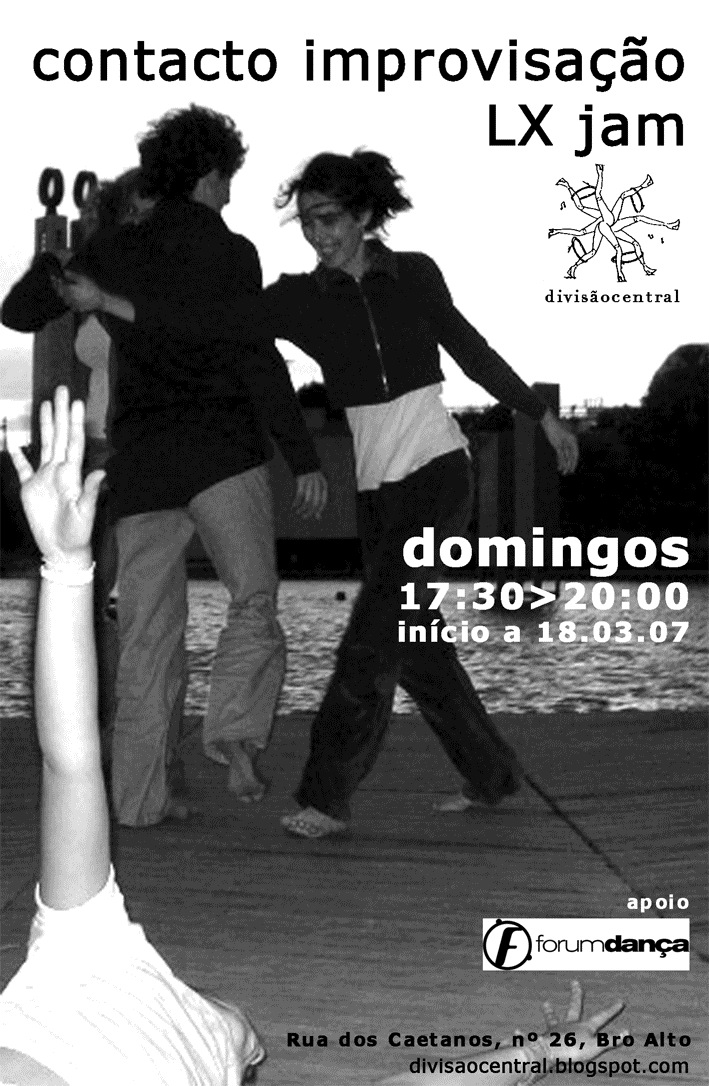HYBRID PARTICIPATORY PERFORMANCE
REAL VIRTUAL GAMES IN SECOND LIFE
At Working group: Transnational Media Performance
SDHS Conference: Dance and Spectacle
SATURDAY, JULY 11, 14.00-15.30 H (BST)
The Place, London
AND
6.00-7.30 AM (PST/SLT)
SLURL: http://slurl.com/secondlife/Koru/219/226/4027
Second Life
This working group session starts with a 5-10 mn hybrid participatory performance based on a short structured movement improvisation between avatars (Second Life users) and participants in London, through SL video broadcast. The performance is followed by working group discussion of the proposed issues including all the physical and virtual participants.
We propose an ad-hoc group aiming to gather scholars, artists, and researchers, to exchange and discuss work that focuses on or implies inter, transnational and transcultural themes, issues, dimensions and particularities, regarding new hybrid performance processes, forms, formats, discourses, audience reach, reception and participation.
The recent access to global communication networks, platforms, has been shaping, influencing and challenging media art trends, including performance and dance. New formats, concepts and work methodologies produce hybrid and networked performances, including, Telematic art,Web or Net art, and art in MUVEs, such as Second Life.
However, rarely does these works integrate or address,cultural intercourse, such as collaborations amongst artists/audience participants from different places/nations/regions. These issues include but are not limited to the choreographic, kinesthetic, language, and technology, confronting our ethnic illiteracy:
− How is movement and gesture based media work contributing and implying the emergence and development of other modes of creating, interacting and communication amongst artists/subjects from allover regarding common issues related with corporeality discourses?
− How are aesthetics principles, methods, forms or strategies already hybrids, nomads, and mutants, converging as well as differentiating nations and cultures' within the Western, Eastern, Southern and Asian movement forms as transnational modes of production?
− How do such exchanges, appropriations and assimilations alter the kind of practices and work being produced and how are these revealing the dominant tendencies and or the development or a more inclusive, though not standard, subjective aesthetics, dependent on the more or less eclectic artistic education, training and cultural exposure at large?
− How is transnational production increasing and mutating, at the present moment of generalized access to the global network, where live performances are not only advertised and documented online, but also happening online through video conferencing based telematics or through virtual characters in MUVE's, such as Second Life?
− How does media performance accentuate and accelerate the transnational exchanges, convergences and differentiations into new dimensions and proportions, by providing easy network platforms for work?
The working group proposes to organize a blog or ning with calls for papers, performances, or other formats of work, where members can read, watch and or experience works between the annual meetings, through a blog, in order to develop in more depth discussion.
Score:
Please arrive to the SLURL 5-10 mn earlier in order to acquire the movement animations I (Butler2 Evelyn) would like to share with you to play during the performance at the SL site. The performance is quite informal and each avatar is invited to use the shared movements to interact with each other. All other possible moves and gestures can be combined freely, including avatar spatial navigation, gestures, chat and voice. Please feel free to experiment with accumulation of moves. They are of different sorts, from floating in the air, moving body parts in various and impossible ways, slow turning in the air.
On top of this in-world interaction, we will try a mixed world interaction through screens placed in physical and virtual spaces, encouraging physical and virtual participants to engage with each other.
Note SL participants: make sure your voice is on, particularly during the discussion.
Real Virtual Games is a project experimenting with the interaction through hybrid modes of embodiment, adapting and creatively applying possible interfaces between physical and virtual bodies and realities. Moving through the world and games available to appropriate and critically create new modes of embodied interaction.
This participatory performance is influenced by Contact Improvisation as a ludic movement form based on communication through physical proximity and contact between participants, sharing weight, flow, energy. Opening out the kinesthetic and kinetic senses, thinking through and witnessing movement interactions moved by the full experience of each moment. These principles of inner and shared embodied experience are based Eastern forms such as Aikido, Tai Chi, Yôga, and Somatics, including Body-Mind Centering, Release, and Alexander.
Be Welcome to come enjoy challenging ways of embodied interaction.
Please share with anyone interested.
Isabel Valverde/Butler2 Evelyn



